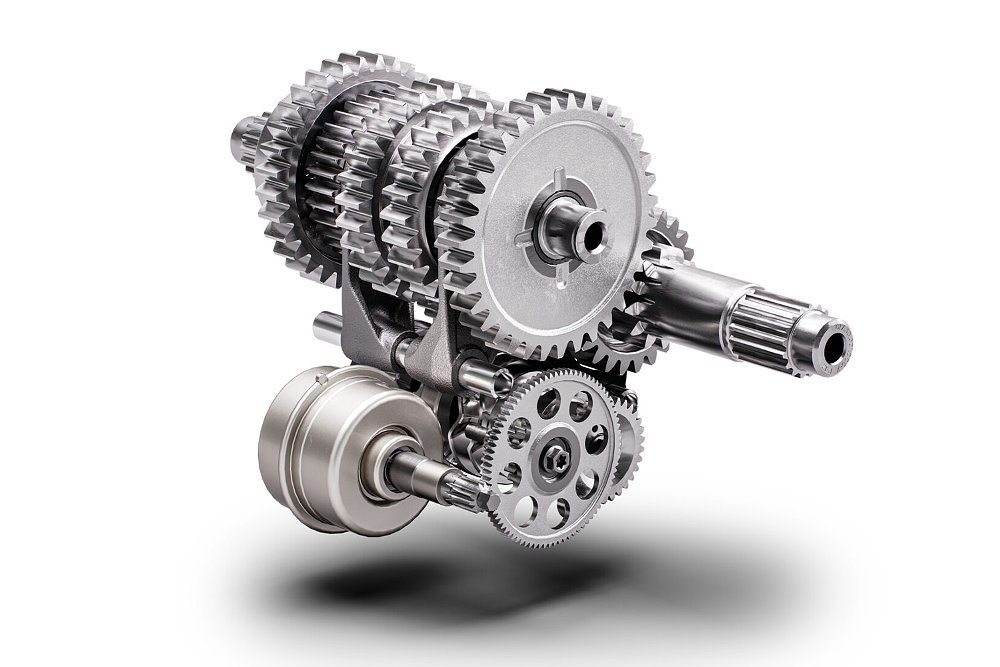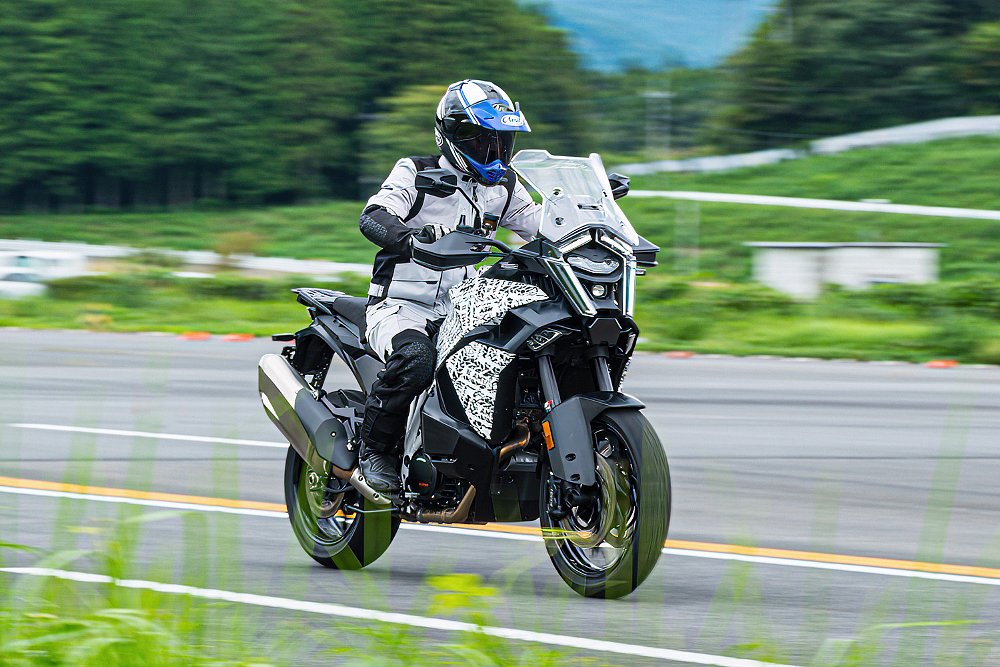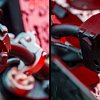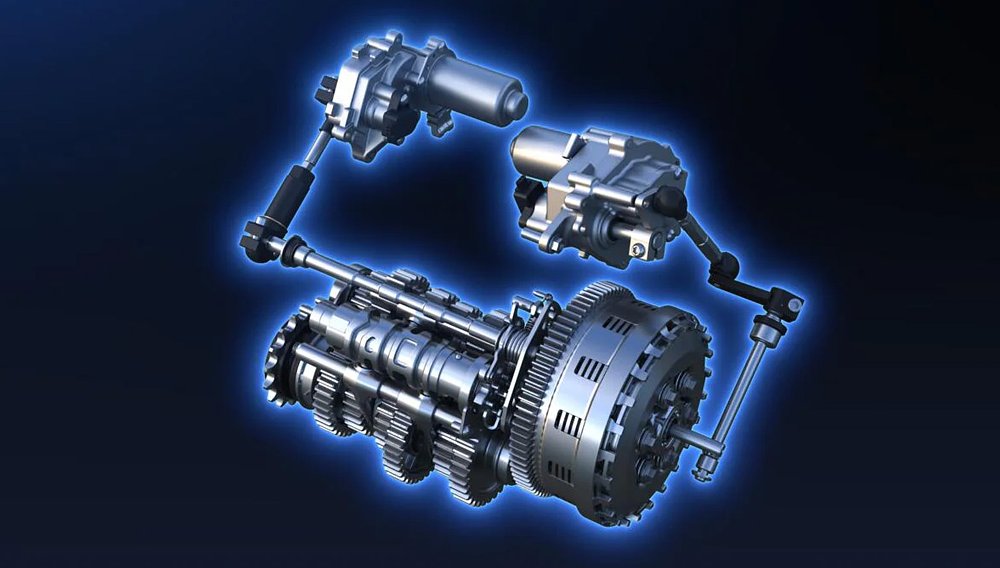Semi-automatic transmissions are quickly becoming the latest industry trend. Earlier this year, Honda rolled out its E-Clutch system, BMW announced its Automated Shift Assistant (ASA), and Yamaha unveiled its Automated Manual Transmission (Y-AMT).
Yesterday, KTM officially joined the party when it revealed the features and function behind its Automatic Manual Transmission (AMT).

Choose your adventure
The Austrian OEM first teased the system when it ran an AMT-equipped prototype at this year’s Erzbergrodeo off-road race. That debut made it clear that AMT does away with the standard clutch lever. In Manual mode, the rider grabs gears via shift paddles mounted under the left switch cube or with the foot-actuated shift lever. Auto mode, on the other hand, turns all the gear-changing duties over to the system.

We now know that an electromechanical shift actuator is responsible for those shifts in Auto mode. When the Transmission Control Unit and ECU determine that an upshift or downshift is necessary, the actuator turns a shift drum, which engages the next appropriate gear. KTM claims that AMT completes each shift in 50 milliseconds. That’s comparable to a conventional transmission equipped with a quickshifter.
AMT mates that electromechanical shift actuator to a centrifugal clutch. The pairing not only makes it impossible to stall the engine but also smoothly performs each gear engagement in Auto mode. The automatic system also eases starts on an incline, and in some cases, slow-speed maneuvering. But, for all its upsides, the centrifugal clutch doesn’t come without its downsides. Because the motorcycle rolls freely while in gear, parking on an incline becomes a challenge. KTM solves that issue with several clever solutions.
As opposed to traditional gearboxes, which feature a 1-N-2-3-4-5-6 shift pattern, the AMT adopts a P-N-1-2-3-4-5-6 gear sequence, with P denoting Park. Users can only select Park (and Neutral, for that matter) via the shifting paddle on the handlebar. When selected, a latching pawl within the transmission locks the gear in place, which keeps the rear wheel from rolling, in turn.

Although KTM finally pulled the wraps off AMT, it remains tight-lipped about the models slated to receive the feature in 2025. We’ve already seen AMT in action at the Erzbergrodeo (on what many believe to be a 1390 Super Adventure R prototype). Last month, I briefly operated a pre-production version of the system while testing Bosch’s second-gen ARAS (Advanced Rider Assistance System) in Japan. If that bike (pictured above) doesn’t look like the upcoming 1390 Super Adventure S, I don’t know what does.
Still, without KTM’s official word, I can’t say which models will earn AMT at this point in time. We won’t have to wait long, though. With KTM set to announce its full 2025 lineup over the next few weeks, more AMT news should be coming down the pike soon.










